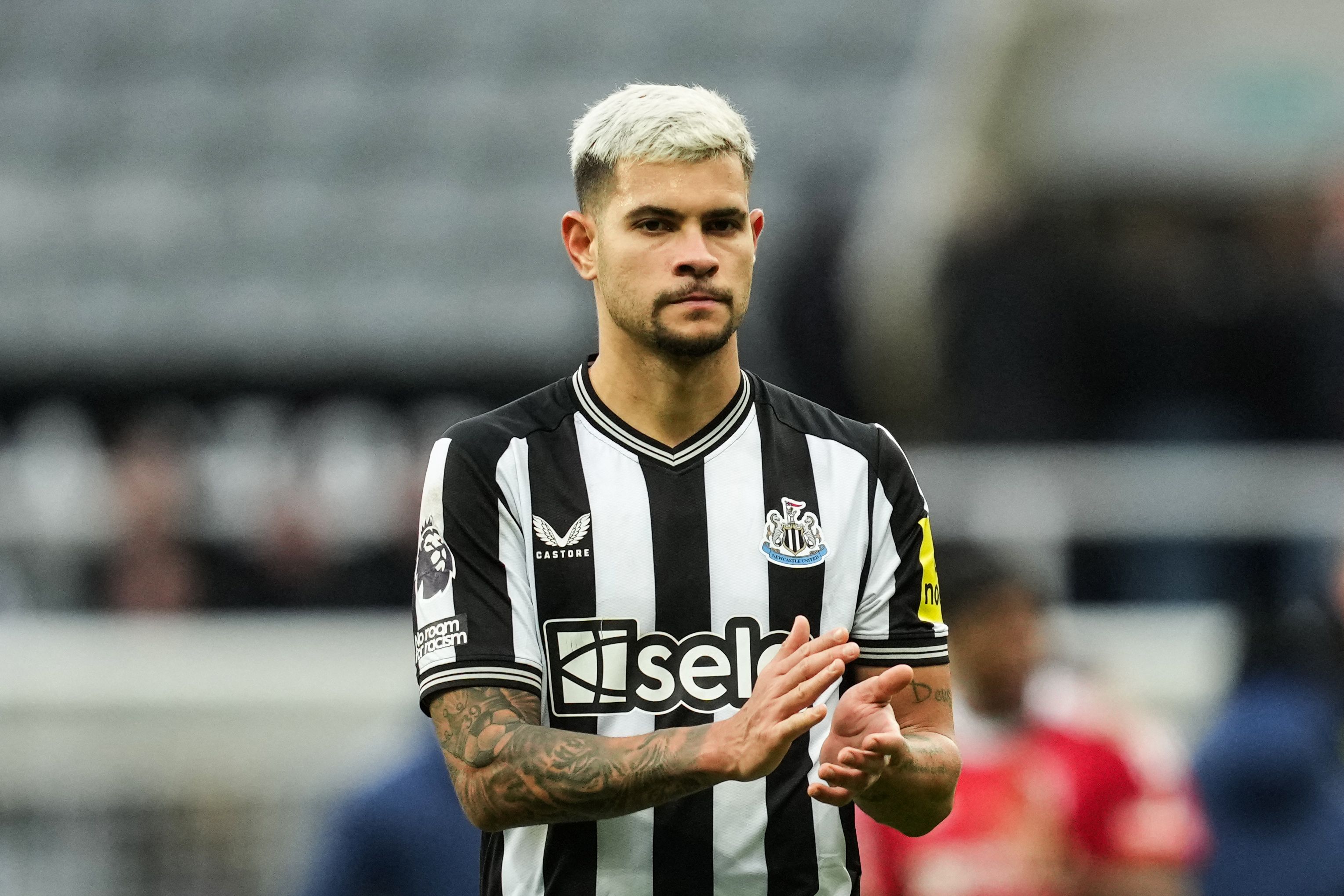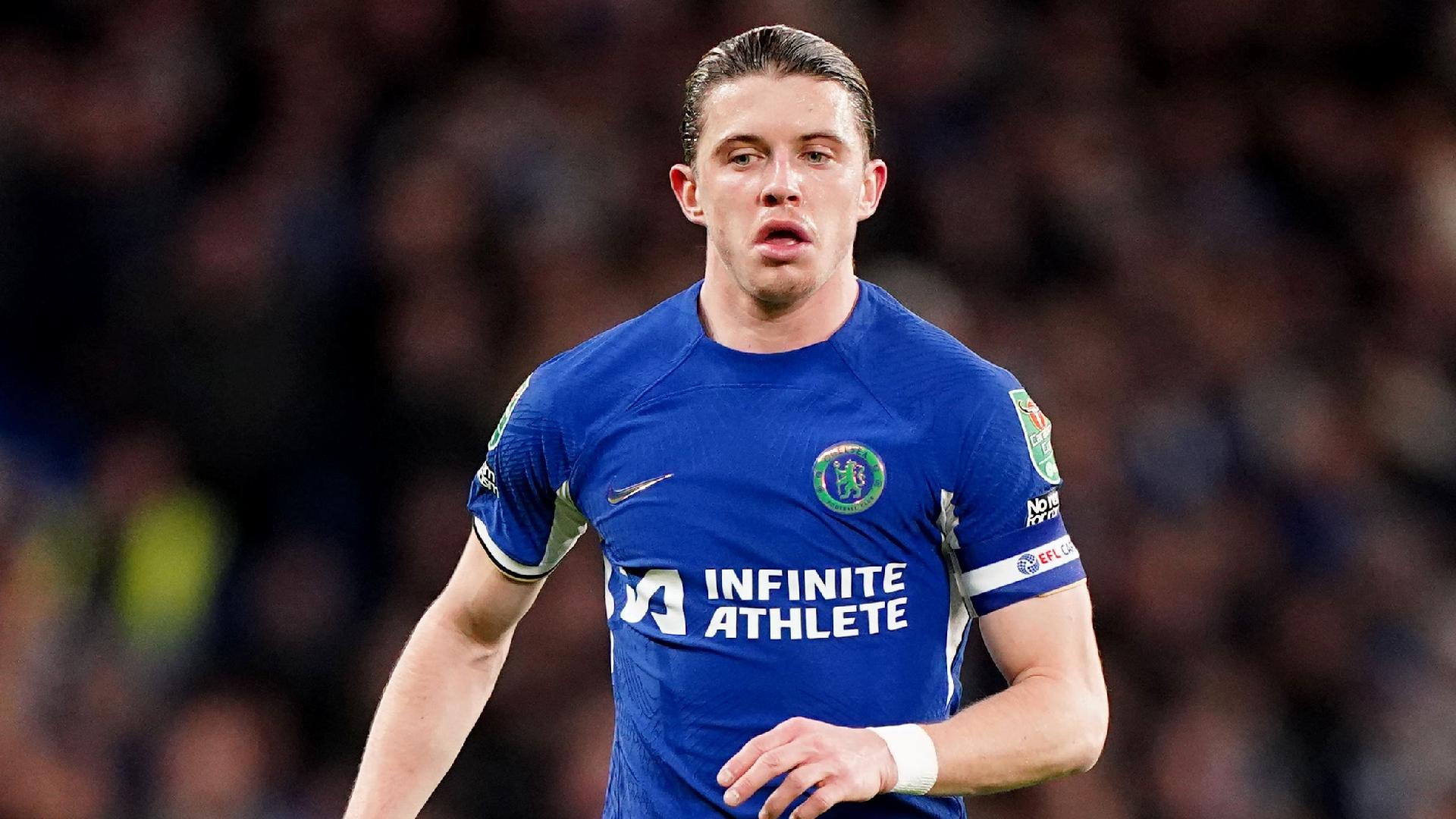Over the previous two years, Chelsea has made its position plain to players who are nearing the last 18 months of their contract. Enroll or fire.

After the shame and financial catastrophe of giving away Champions League-winning defense combination Antonio Rudiger and Andreas Christensen, the club’s new owners are cautious and won’t take any chances. To make sure it doesn’t happen again, they are now taking all necessary precautions.’

It has already produced problems, whether rightly or wrongly. Last season was overshadowed by Mason Mount’s contract dispute; the club might have gotten behind an agreement to keep the academy graduate and two-time player of the season, but instead they had to sell him—for a fair price, though, so far, it has paid off for the Blues.
Ian Maatsen, whose contract was about to expire in two years, had a £30 million bid accepted for him on summer transfer deadline. His deal was subsequently extended by another year, until 2026, with a release clause. He will spend the rest of the season in Germany, hoping to increase his value and gain more playing time.

With the exception of Thiago Silva, who is an exceptional case, no first-team player other than Conor Gallagher will be committing to the club beyond the conclusion of next season. This is not new information either, as rumors of a permanent transfer to Crystal Palace in 2022 have circulated for some time.
At this time last year, Everton made an approach to buy him, and now Tottenham are leading the pack of interested parties. Also, Chelsea isn’t holding back from announcing his availability to the world. Mauricio Pochettino is making every effort to persuade them differently, but it’s unrealistic to expect the decision-makers to be influenced by the fact that Frank Lampard’s impact couldn’t save Mount.
The 23-year-old Gallagher is an asset, what with him being an England international and all. He is presently enjoying his finest season to date. Even though his performances are worth more than the £40–£45 million price tag, the circumstances do not justify keeping that value high when his contract expires.
The fact that he is a homegrown academy player who stands for “pure profit” in financial records adds another degree of complexity. In the long run, Chelsea will need to find a replacement for Gallagher, but in the near term, medium term, and even longer term, they will need to sell to support their extravagant spending.

Even though Romeo Lavia has only missed one game due to suspension, his playing time would have been significantly lower had he been healthy after 21 games. Even with a slightly diminished role, he would still be integral to plans, since he is among the top 25 outfielders in terms of minutes played.
Another evidence of his excellence is the fact that he has done better than the £100 million signings of Enzo Fernandez and Moises Caicedo. That depends on ability, not luck. Even while football.london knows he’s determined to stay and compete for a spot at the club this window, the possibility of selling him persists.
A sale, a stay, a new contract, a falling out, or anything in between is on the table come summer. Keeping this in mind, it’s worthwhile to examine all of the alternative possibilities. According to recent sources, Bruno Guimaraes of Newcastle is reportedly being considered.
When asked about the effect of new financial regulations on the club’s transfer activities, Toon CEO Darren Eales provided an explanation. “It’s difficult to sаy specifically on certain players, but I can sаy that if we’re going to get to where we want to get to, at times it is necessary to trade your players,” according to him. We will always consider the club’s medium- to long-term interests when making a decision.
It could make sense to move that player for a variety of reasons, including the player’s contract duration, an irresistible offer, the necessity to restock in specific areas, or all of the above. An incentive to transfer players in order to reinvest is built into the PSR [Profit and Sustainability Rules] structure, which is counterintuitive.
So far, Guimaraes has lived up to his billing as one of the most notable arrivals from the initial wave of transfers supported by Saudi Arabia. He is one of Eddie Howe’s prized treasures and just extended his agreement with the club in October. But now that we’ve spent a big penny to get where we are, we’re under pressure to get some of that money back, especially because we might be leaving Europe.
Chelsea could be able to get in this way, but it’s not entirely obvious that selling Gallagher and buying Guimaraes are rational moves. When looking at their fundamental statistics for the current league season, there isn’t much of a difference. While his opponent has scored once off of three assists, Gallagher has accumulated four assists without scoring himself. If you could, each of you could provide four goals.
On target rate, average distance, shots per 90, and shots total, Gallagher has 25 and Guimaraes has 24. The goal differential is 9-6. They also have similar xG. The shot-on-target percentage of Gallagher is higher.
However, when they have the ball, there is almost no space between them, and they mostly play box-to-box. With 1,099 passes, Gallagher is second to Guimaraes with 1,033. Although Gallagher’s passing accuracy is greater at 89.1%, he throws for fewer yards (15,651 vs. 19,054) and a shorter progressive passing distance as well.
Maybe the most noticeable difference is in the way they pass. Compared to Gallagher, Bruno has completed twice as many through balls with sixteen more swaps. However, in the last third, they use it similarly. Gallagher has a little advantage in shots created by his own actions (62–59) but a little disadvantage in shots created by open play (40–45). Additionally, their defensive efforts that result in shoots are quite near.
They are again very closely classified as industrial hustle and bustlers when they are not in possession. While playing for a side that averages more possession, Gallagher leads the team in tackles (54-44) and blocks (30-25). He also leads in interceptions (27-17). Despite taking risks with the ball, neither of them has been directly responsible for a goal.
The key distinction arises at this point. While Fernandez and Caicedo are also capable of spraying the ball around for Chelsea, Sandro Tonali’s absence has forced Guimaraes to step up. Even though Gallagher is a better finisher, he gets more touches overall, and their possession percentages are almost identical.
Guimaraes doesn’t appear to be worth the hassle and expense elsewhere, what with being three years older and probably being more marketable than Gallagher. Of course, Gallagher would make a great replacement if he were to be sold, but the real question is: why sell Gallagher if you can get someone who is virtually identical to him in terms of profile and production, but costs less?
Even if Chelsea’s owners find financial gold in selling Gallagher, it will be more difficulty and expense than it’s worth to replace him with real, ready-made quality on par.